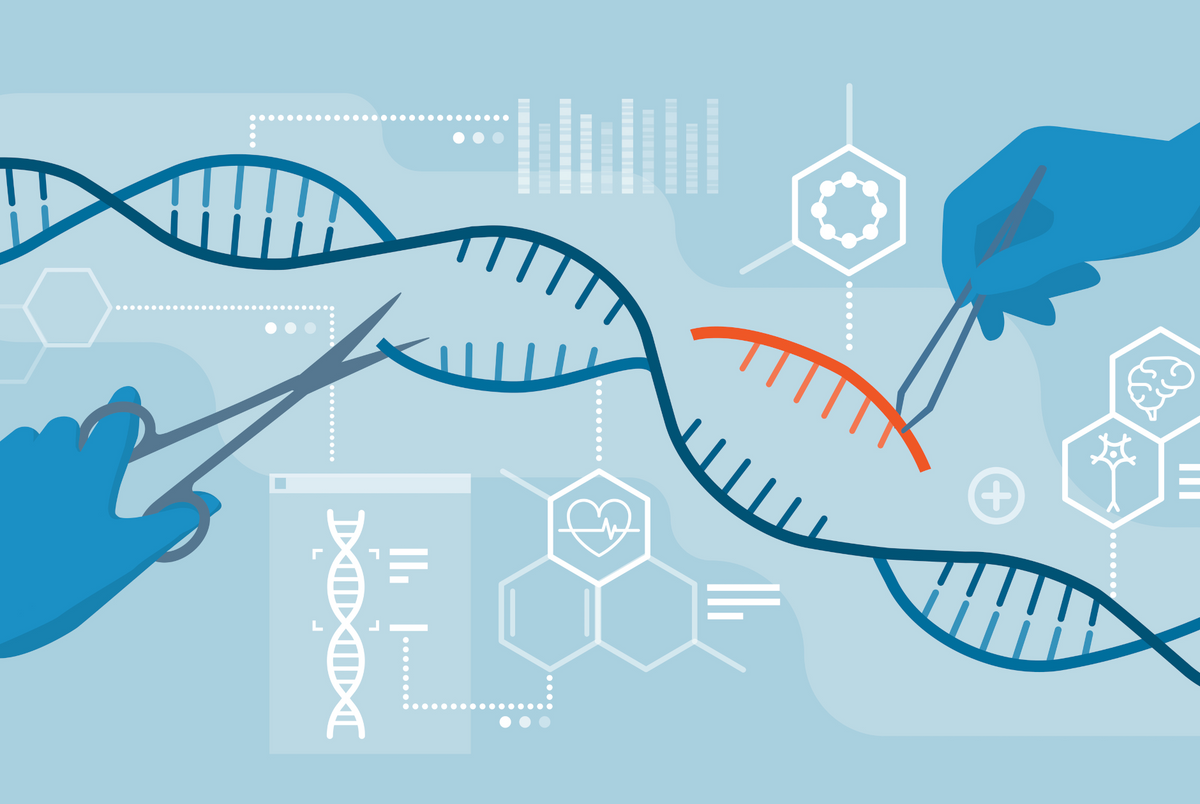Do You want A Baby? You Can Order The Type You Want Through CRISPR DNA, Soon
 |
| The Process |
 |
With their primary goal to advance scientific knowledge, most scientists are not trained or incentivized to think through the societal implications of the technologies they are developing. Even In genomic medicine, which is geared toward benefiting future patients, time and funding pressures make real-time ethics oversight difficult.
In 2015, three years after scientists discovered how to permanently edit the human genome, U.S. scientists issued a statement to halt applications of germline genome editing, a controversial type of gene editing where the DNAchanges also transfer to the patient's future biological descendants. The scientists' statement called for "open discussion of the merits and risks" before experiments could begin. But these discussions did not happen.
By 2018, at least two babies had been born from germline editing with embryos that had been genetically modified in China. With no preemptive ethics or clear regulatory guidance, you get the occasional "cowboy scientist" who pushes the boundaries of experiments until they are told to stop.
After finding out about the babies, scientists continued to talk — but mostly among themselves. Then in 2020, an international commission report that brought together expert views resounded the same call for societal discussions about whether germline editing could be ethical.
I'm a medical anthropologist and bioethicist who studies the values and experiences driving prenatal gene therapy developments, including genome editing.
Human prenatal genome editing has not happened yet — as far as we know. Prenatal genome editing isn't the same as editing ex vivo embryos, like the Chinese scientist did, because prenatal editing involves editing the DNA of a fetus visible inside a pregnant person's womb — without the intent to affect future descendants.
(To see the remainder of this article you can click here to the Live Science site)
Comments